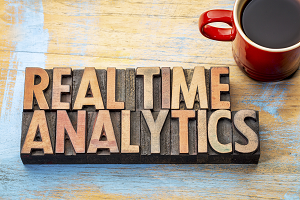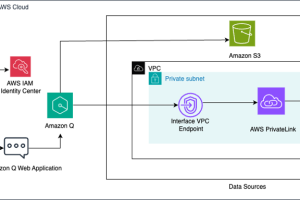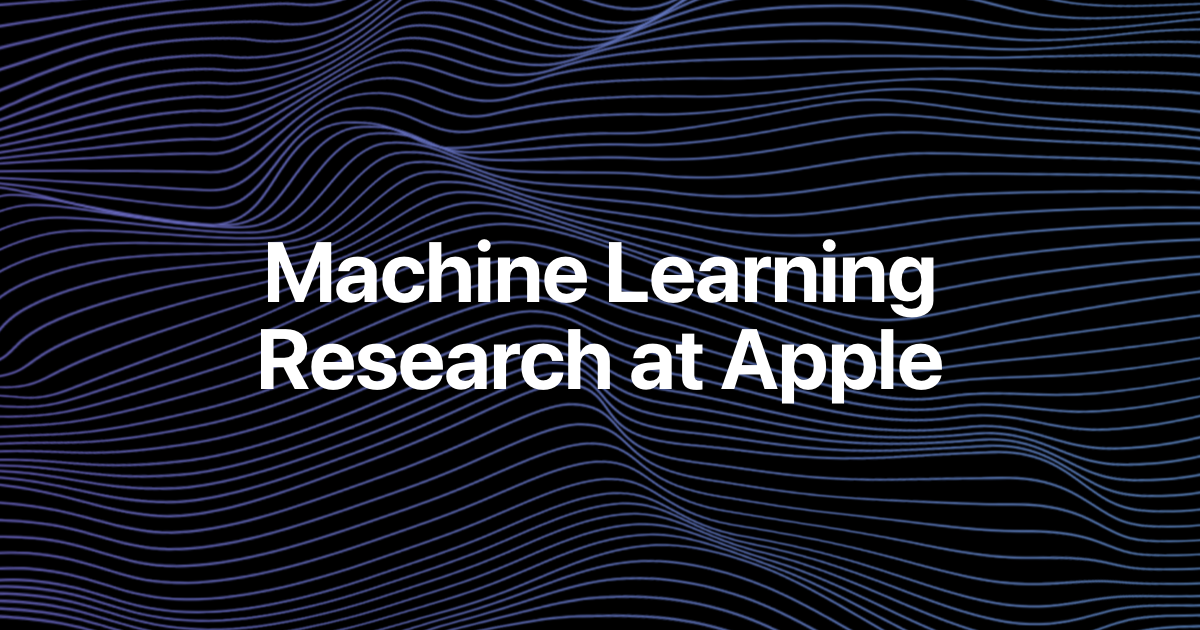The advantages of accurate customer segmentation are clear for businesses of all shapes and sizes, but for budget-conscious startups and SMEs, the marketing ROI for technology-driven campaigns can’t be overstated.
Statistically speaking, 77{7df079fc2838faf5776787b4855cb970fdd91ea41b0d21e47918e41b3570aafe} of marketing ROI comes from segmented, targeted, and triggered campaigns, while
77{7df079fc2838faf5776787b4855cb970fdd91ea41b0d21e47918e41b3570aafe} of marketing ROI comes from segmented, targeted, and triggered campaigns, while non-targeted campaigns show a 50{7df079fc2838faf5776787b4855cb970fdd91ea41b0d21e47918e41b3570aafe} lower click-through rate (CTR) than segmented campaigns.
However, accurate segmentation can be a challenge in itself for small businesses. On the one hand, creating focused customer segments can help optimize spending on marketing campaigns for the ideal customer profile, but on the other, the processes required to achieve this accuracy can be a drain on resources.
However, emerging technologies are helping to level the playing field for startups and SMEs that are required to act on a more frugal basis when it comes to spending. With this in mind, let’s take a deeper look at five key ways emerging tech is helping to transform customer segmentation for small businesses:
Reaping the Benefits of AI
The ongoing artificial intelligence boom has the power to make customer segmentation more precise and effective.
Utilizing machine learning (ML) as a subset of AI, your business can make use of the heavy volumes of data your interactions with customers and leads leave.
Using AI and ML, you can examine customer data more intricately and leverage focused insights into their expectations, spending goals, and responsiveness to specific campaigns.
With the help of big data insights, businesses can segregate customers based on demographics, behavioural, psychographic, or predictive elements. Machine learning can analyze existing data to determine the parameters using insights from past purchases, browsing habits, social media information, and customer interactions to create refined segments to shape marketing strategies.
Drawing Data from EPOS
It doesn’t always take complex AI and ML solutions to unlock the vast amounts of data your customers can provide for your business. Modern electronic point-of-sale (EPOS) systems are capable of providing masses of insights that can help drive efficiency in customer segmentation.
These systems allow businesses to analyse EPOS data at a comprehensive level. Datasets can be broken down into vast categories based on transaction data, sales reports, customers, stock, banking insights, accounting, and auditing, depending on the EPOS provider.
It’s these focused insights that can help pinpoint customer preferences, their favoured products and services, and the how, when, why, and where of their purchasing habits.
By adopting an analytically-driven EPOS solution, you can incorporate your customer segmentation efforts alongside a modern point-of-sale that can provide faster and more efficient transactions.
Securing Customer Data
Another key concern for small businesses when it comes to customer segmentation is security. For startups and SMEs, the prospect of customer data breaches can not only be extremely costly but could do untold damage to brand reputation.
In terms of damage, 95{7df079fc2838faf5776787b4855cb970fdd91ea41b0d21e47918e41b3570aafe} of cybersecurity incidents at SMEs cost between 647 and 511,987. For startups operating on a small budget, a higher-end security failure could prove fatal.
Fortunately, technology is advancing at a significant rate and is providing small businesses with a more robust security infrastructure.
There are many emerging cybersecurity tools that can help businesses build richly detailed customer segments with confidence while protecting users from major security vulnerabilities.
Leading solutions can also provide seamless data backup and recovery solutions to ensure that segmentation strategies aren’t damaged by a sudden loss of customer information.
The great thing about advancements in cybersecurity technology is that they empower more businesses to readily comply with data protection regulations such as the General Data Protection Regulation (GDPR) through the provision of tools and features that protect customer data.
Next-Generation Procurement
The technology powering procurement for SMEs is also becoming adaptable enough to react faster to changing customer data.
Emerging technology for soliciting requests for proposals (RFPs) across multiple providers, and data-driven purchasing decisions throughout resellers and value-added resellers (VARs) alongside direct channels have helped to drive innovation in procurement.
Centralised marketplaces like Amazon have earned a 90{7df079fc2838faf5776787b4855cb970fdd91ea41b0d21e47918e41b3570aafe} satisfaction rate among small businesses, with approximately 60{7df079fc2838faf5776787b4855cb970fdd91ea41b0d21e47918e41b3570aafe} of SMEs using the platform for procurement.
This provides a level of flexibility in which brands can act faster on customer data to maintain stocks and build new products that can appeal directly to different customer segments.
With the addition of AI insights, we will be able to see more SME decision-makers take decisive action on actionable advice generated using customer behavioural analysis to ensure that each segment is respected for its importance.
Embracing Social Listening
Social listening platforms like Brandwatch and Hootsuite are capable of providing an unprecedented level of targeting for customer segments among businesses of all sizes.
Some form of social listening strategy is employed by 61{7df079fc2838faf5776787b4855cb970fdd91ea41b0d21e47918e41b3570aafe} of businesses today, and the approach can bring significant benefits for customer segmentation.
When it comes to analyzing the vast unstructured data generated on social media, machine learning can be a great asset in building a more comprehensive level of sentiment analysis among SMEs.
What does your target audience really think about your business? What are they saying throughout different platforms? How are your competitors aiming to steal your market share? These questions can all be answered within the vast volumes of unstructured data generated throughout social media.
With advancements in ML technology, it’s possible for brands to gain generative overviews of audience sentiment to use as a means of shaping customer segmentation strategies.
The Road to Efficiency in Segmentation
Customer segmentation is an ongoing process, and this means that SMEs should always continue to audit their strategies based on their respective business goals and customer feedback.
For most businesses, segments can change over time, and as customer expectations evolve, small businesses may find that it’s beneficial to create new segments to capture emerging markets or shifting behaviours.
Technology empowers more small businesses to stay agile in capturing the best possible market at the most opportune time. While adopting next-generation technology for SMEs may seem like a budgetary leap of faith, the rewards can be reaped throughout their ROI for years to come.
The post 5 Ways Emerging Technology is Transforming Small Business Customer Segmentation appeared first on Datafloq.










